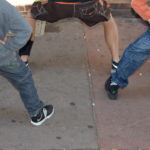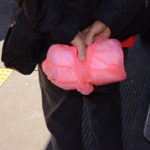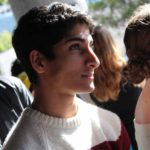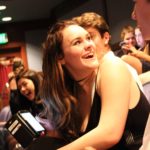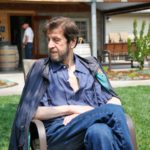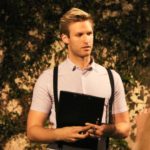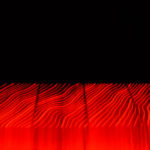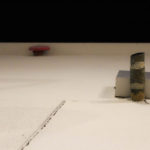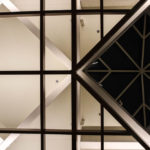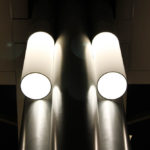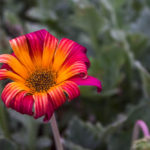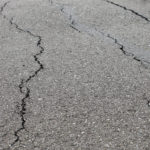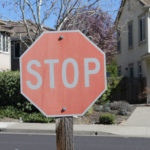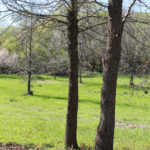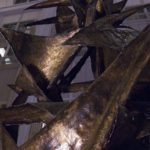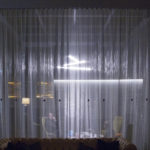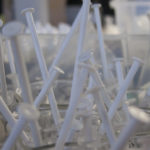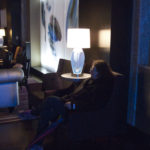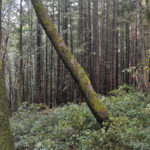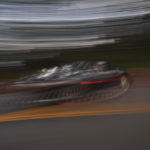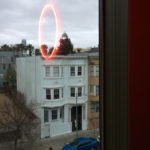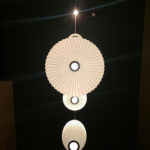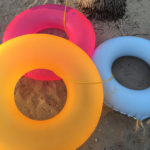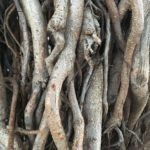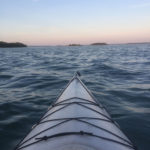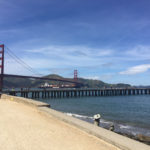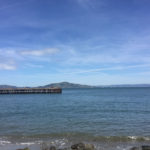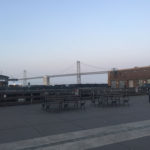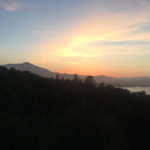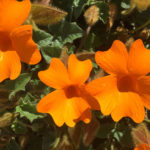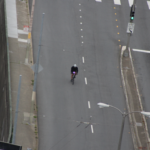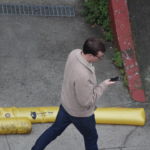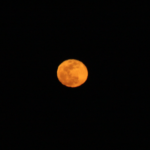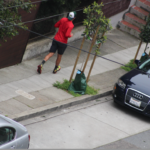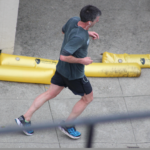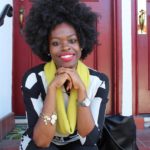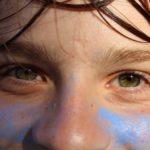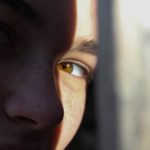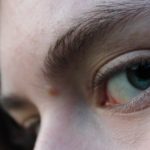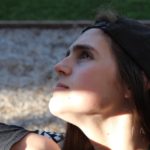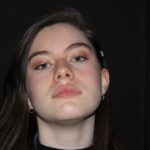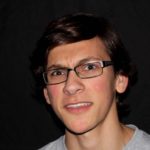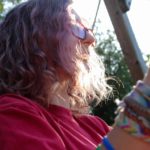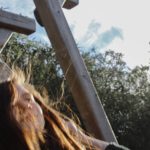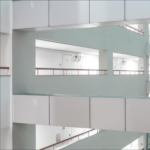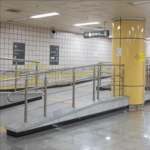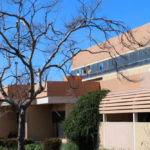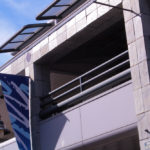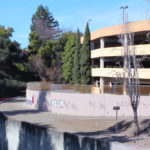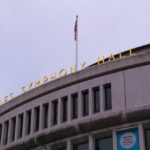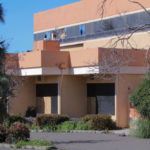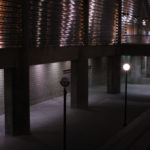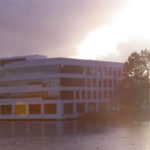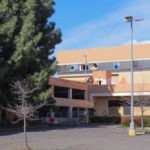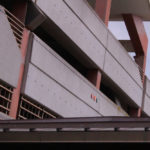Category: Uncategorized
Critique 2
G.C2
This is a collection. More dead than your best pan. Enjoy, or more likely, don’t. Try your best, then maybe one of us will have. 17 dogs; I like dogs.
deadpan
I chose the “take a walk” prompt. I don’t think this is my best work, but it pushed me to be more observant or try to push myself to use what I saw as commonplace items in unique ways.
Critique 2
Critique 2 – Miscellaneous
Cooper Mills Critique 2
The artist who most influenced my work this year is John Wall. Wall’s photography stood out to me for a number of reasons but foremost among them were his attention to coloration in landscapes and his distinction between hunting photography and farming photography. The latter is important to me because in the past, I have set shots up. However, this year I am trying to get out and capture things as I see them and building their aesthetic in their natural environments. In this collection I also tried to capture landscapes with an attention to the relationship between the color of the different elements of the photo.
In my opinion, the main things that bring this collection together are two dichotomies: natural vs man-made and circular vs angular. All of the photos in the collection are quite similar in framing and content to at least couple others with the exception that some are photographs of natural landscapes or objects while others are man-made buildings or objects. An example of this is the Golden Gate Bridge photo and the sunset photo in which one is man-made and another is entirely natural yet each have two central leading lines that diverge slightly from each other as they lead down the image. The circular/angular dichotomy is kind of like the previous dichotomy. Photos in similar settings have very different central shapes such as the surfboards and the beach tubes.
freedom
Critique 2 Ina
Artist Statement:
In this body of work, I wanted to look at the classic deadpan portrait fragmented or disguised. Classically, this is more emotional work, which is a departure from previous almost analytical portraiture. The focus on eyes is almost accidental, as they are the culmination of all the emotion on the face, but in retrospect, that’s no accident.
This sort of portraiture catches people closer to how they want to be seen, a great façade of sorts, and contrasting that with previous deadpan work yields fascinating comparison. The difference between internal and external will undoubtably vary in each person, and it is fascinating how from the outside or inside alone, it is impossible to tell how far the one has departed from the other.
In conclusion, this series is trying to get at the other half. It is impossible to capture a person from just their deadpan, or just their masked, and if the whole goal of portraiture is to indeed capture a person, I want to start doing it with multiple images, to mimic the human nuance.
Artist that inspires me:
I suppose there is a little bit f everyone. As always, a variety of people inspire me. I cannot say that I work off of the work of one particular photographer or look to be like others in style of technique. It is more in specific pictures that I find somebody else’s work reflected. For example, the photo of my mother on the beach screams of a particular Jean-Daniel Lorieux to me. Most of these were experimental, I’m still trying to find a particular aspect of portraiture that calls to me, outside of the deadpan work described by Sugimoto and Ruff, so not too many people are as heavily ingrained.
Critique 2 – Will Korsh
A photographer that I admire is Jun Song, a Korean skateboarder and Instagram personality. His photos have a similar air of emptiness that I am trying to achieve in my photos, and his stark, clean landscapes have a certain futuristic appeal. Although he deleted most of his work from his Instagram page, I was able to find a couple photos, though they don’t do his body of work justice.
As you can tell, Song has a knack for finding clean, almost sterile landscapes with great lines and shapes, something I aspire to be able to do.
As for my photographs, I wanted to try to take photos of urban environments that feel especially desolate and futuristic, yet nostalgic of the era of the early 2000s, and the mentality of an “urban hell”. It’s hard to describe the feeling I want my photos to evoke, but I would like them to be something lonely and nostalgic, like a walk through an old vacant mall, or looking at an overly-sci-fi’d commercial from the early 2000s.
In this critique, I think my photos formed a contrast between stark, foreboding concrete structures, mixed with splashes of color from other landscapes. I also tried to further enhance the “emptiness” aspect of my photos, working on finding large spaces with no people in them.
